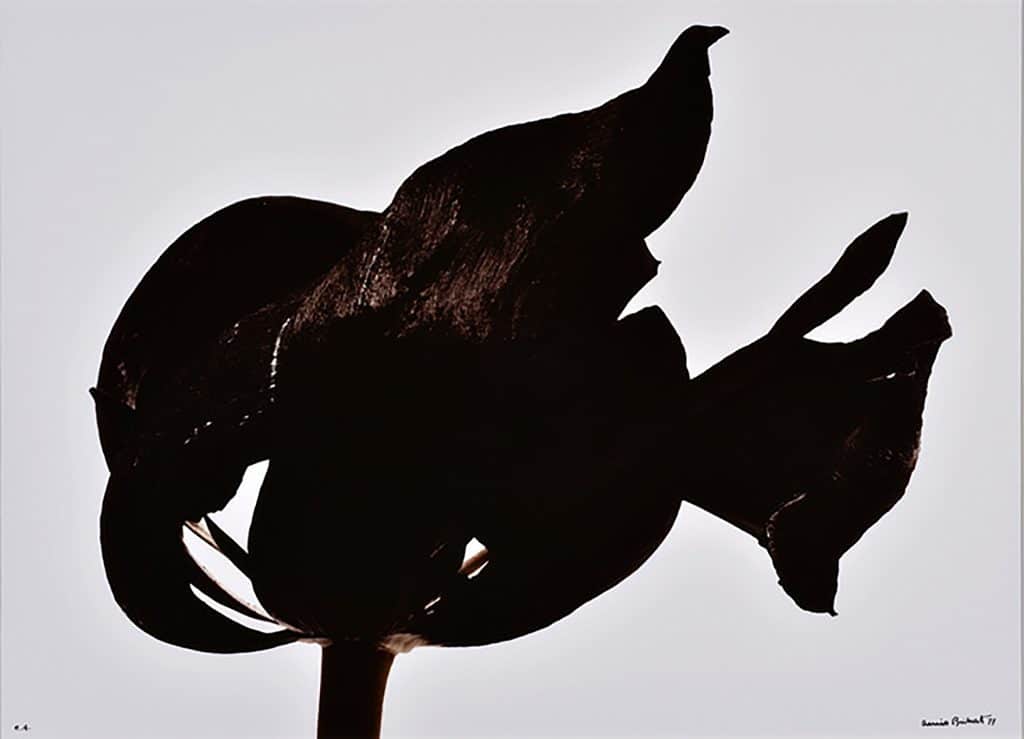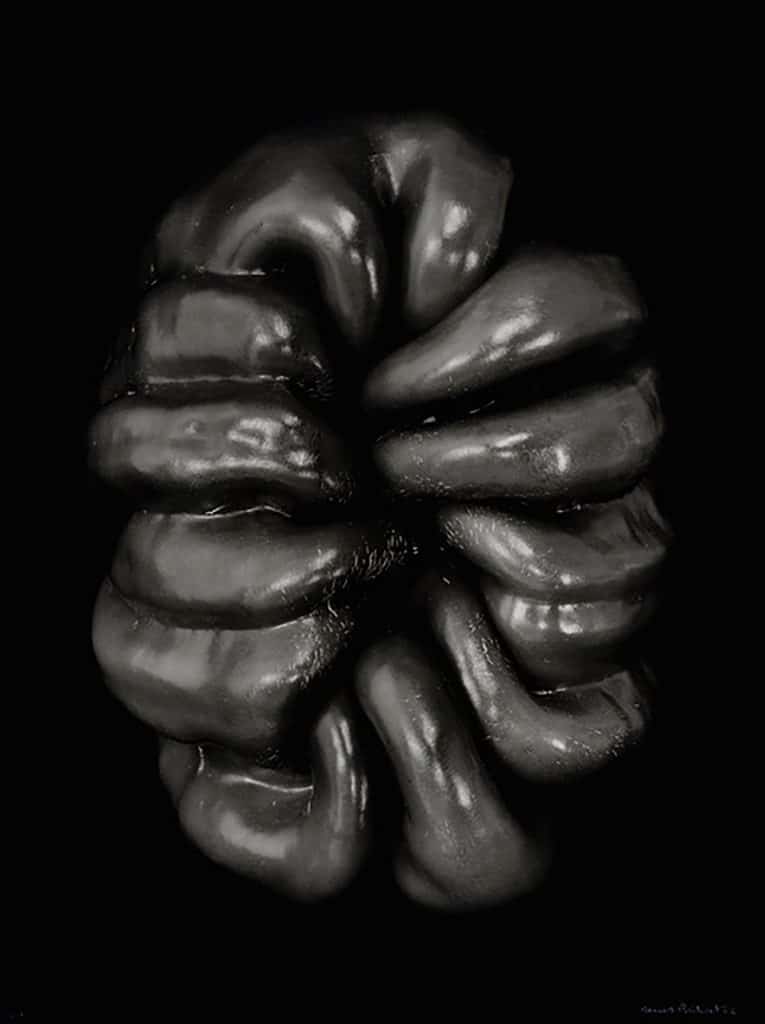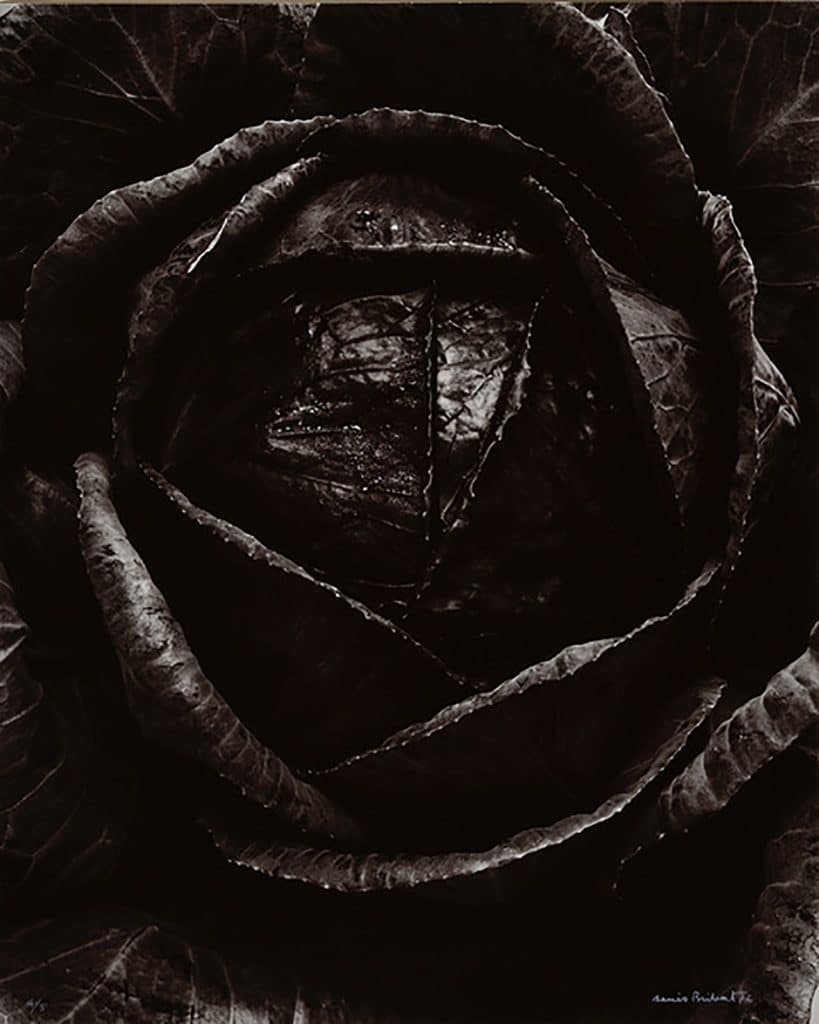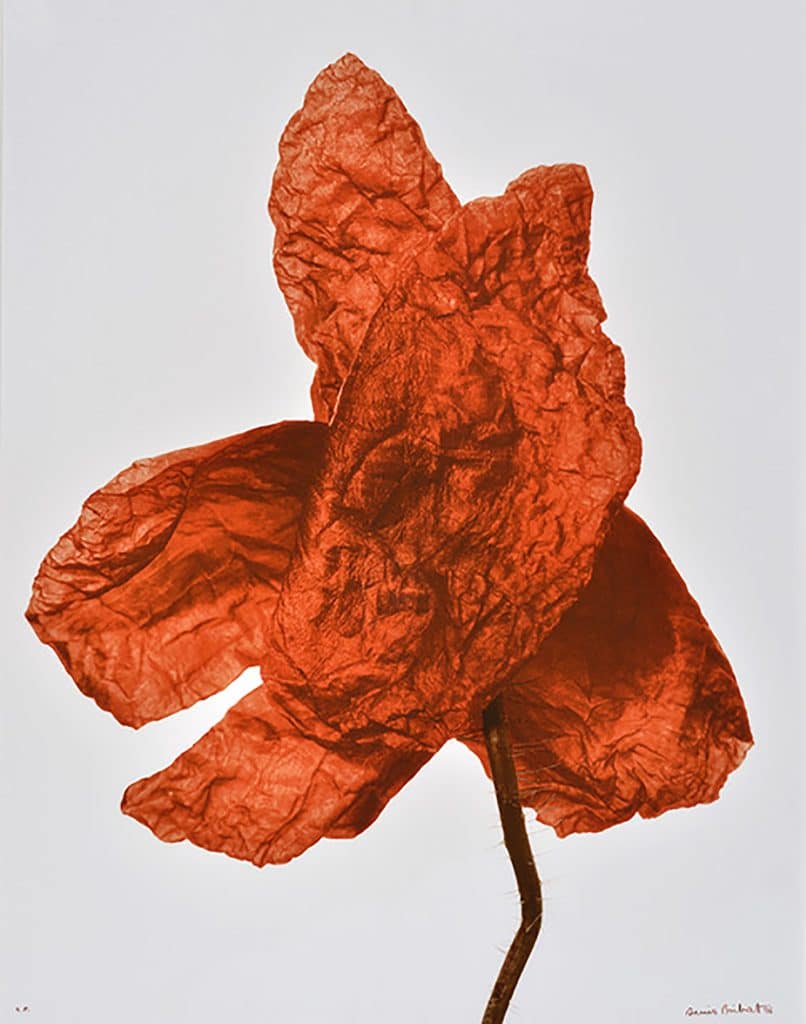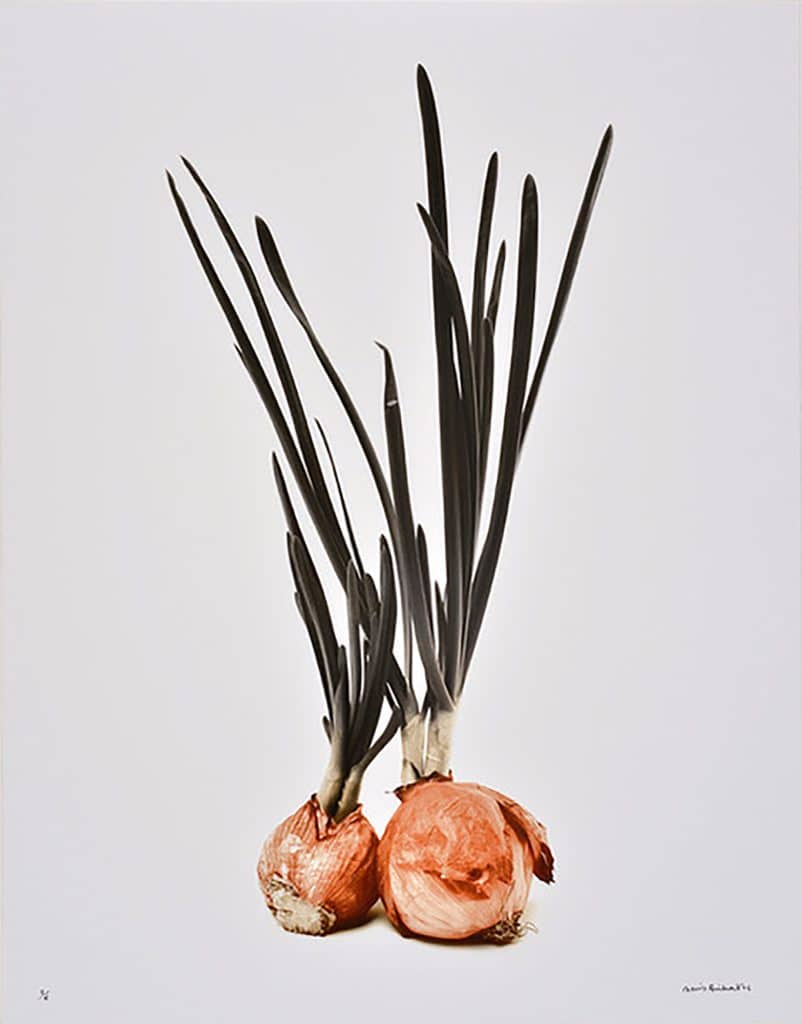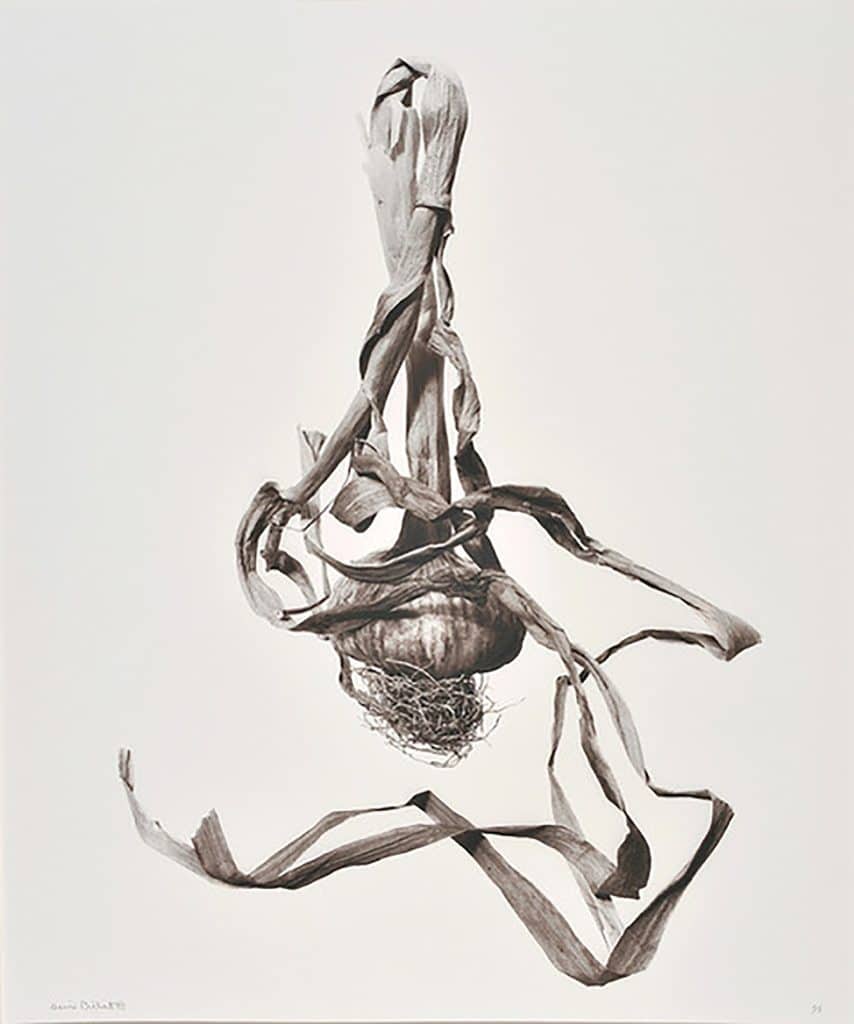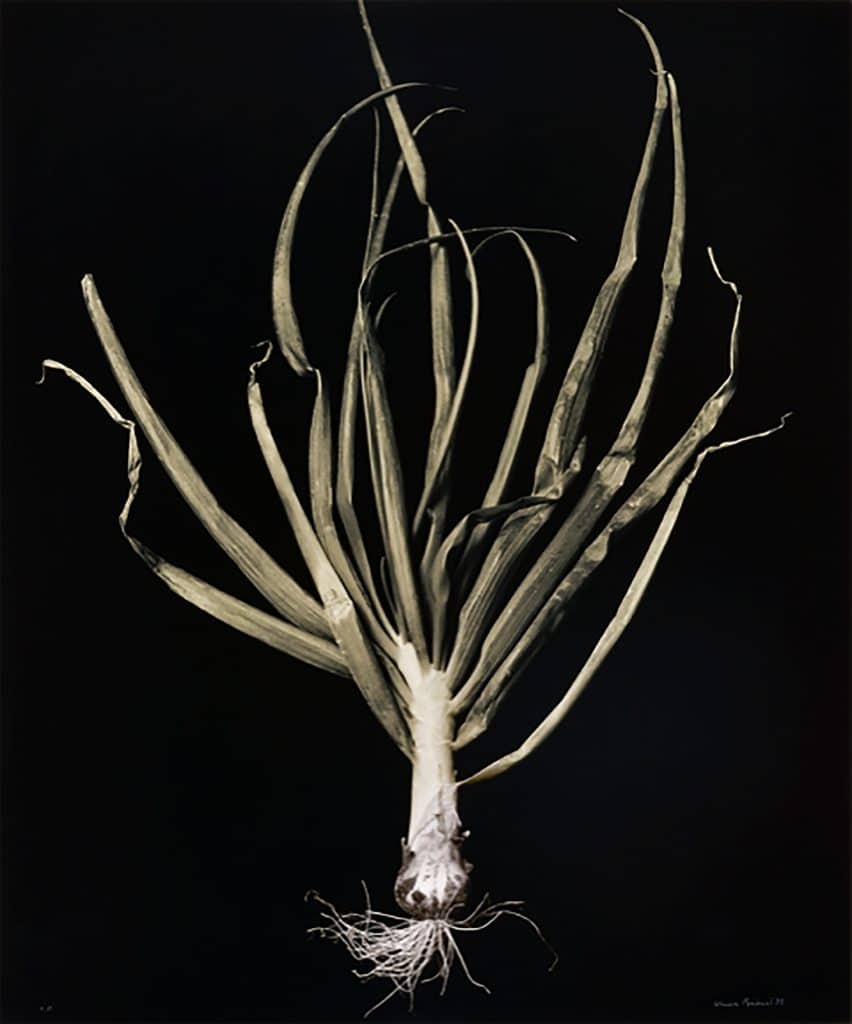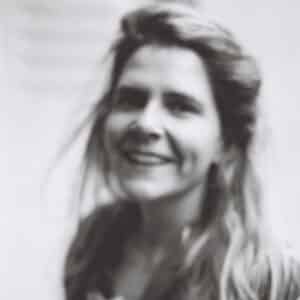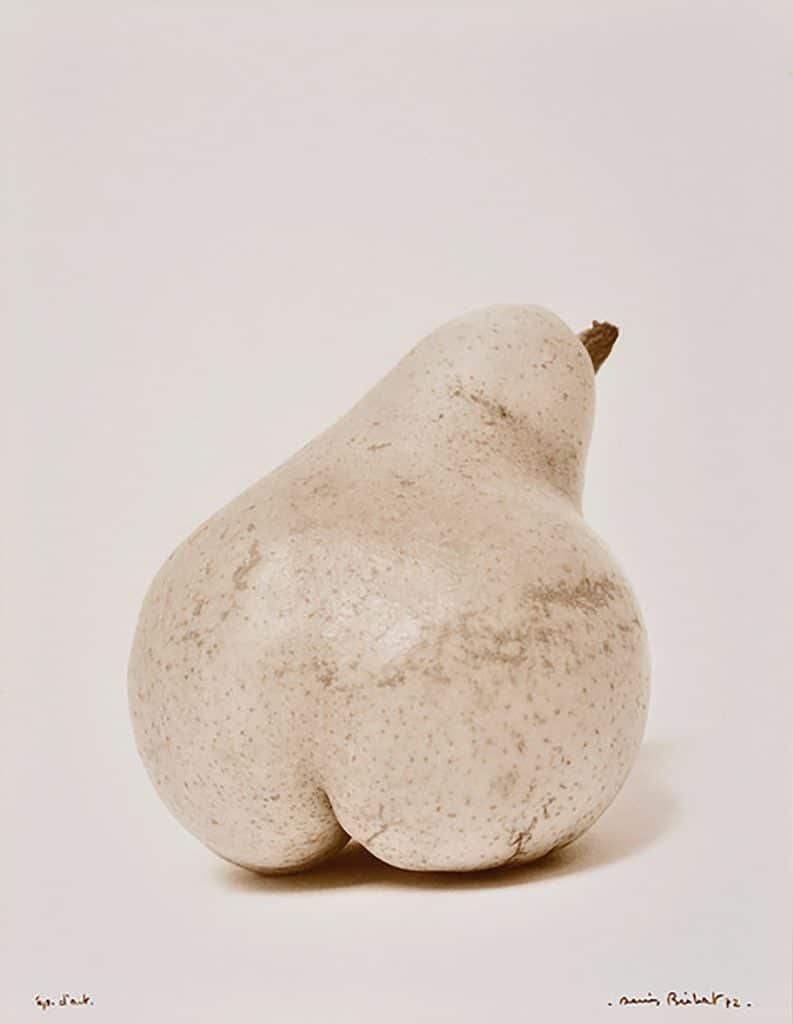
One who “thinks with his hands”
Some people are just unflappable. Aged ninety-three, with a sparkle in his eyes, accompanied by Solange, his accomplice of fifty-five years, Denis Brihat tells his story. Photography was his university. It enabled him to travel, to move forward, to meet people, to open himself to the world, as well as to find himself. As he speaks, he chooses his words with care. He is a subtle man. Modestly, he paints a life dedicated to art, and questions the links between creativity and the psyche: “I have the impression that I often think with my hands.” Indeed, this uncompromising artist’s doubts, convictions, and attitudes readily come across in his work.
Denis Brihat lives in the village of Bonnieux in Provence, in a house he built with his own hands. One feels welcome in this home filled with hidden memories and stories. Brihat’s photographs are wherever you look. From the outset, the photographer envisioned them in large format, in dialogue with architecture — a discipline that has always fascinated him. In the 1960s, when there were no photography galleries in France, he wanted his prints to be displayed on walls, to blend in with the surrounding space. He was among the first to understand the relationship between art and place, and it is not surprising that, early on, he had a solo show at the Musée des Arts Déco in Paris (1965) and was exhibited at the MoMA in New York (1967).
Nature wrapped in an enigma
There is something destabilizing about his images. Japanese art, the masterly work of Edward Weston, and even Karl Blossfeldt immediately come to mind, but there is nothing quite like Brihat’s photographs. One wonders outright how he got where he is. Denis Brihat made his debut with an assignment in India which earned him a Niépce Prize. This was a breakthrough for this photographer already employed by Rapho. In Paris, he worked alongside such figures like Robert Doisneau. But something was off. Going on assignment for an agency or shooting for Vogue seemed pointless. In addition, his personal life was in turmoil, so he decided to make a radical break.
Before neo-ruralism, before lockdowns, before bohemian chic swept through the Luberon, Brihat crisscrossed France while making home in a tumbledown cabin on the Plateau des Claparèdes overlooking Bonnieux: no water, no electricity. In the stark light of Provence he set out in search of something different. An ecologist before his time, this Thoreau of photography had found his Walden. During the first nine years he bathed his prints in his well and sometimes in the village fountain when they were too big.
Denis Brihat threw himself into the service of nature and of the sublime, in almost total material privation. When asked about the tenacity it takes to stick to such a project, he quipped: “I never had any confidence, but I was sure I was right.” A nice maxim to define a six-decades-long poetic experiment. A quick look at his book and the photography series dovetailing one into another is enough to see he has firmly stayed the course.
A technique of singular complexity
Kodachrome, associated with the aesthetic of fashion and advertising, holds no appeal for the surly Denis Brihat. He blazed his own path in photography and decided to follow it to the end. His great friend, the photographer Jean-Pierre Sudre, suggested he try metallic toning, a technique fallen into disuse, which would prove the photographer’s best ally. Starting with black-and-white images, he would partially replace silver with another metallic compound: gold, selenium, or copper sulfate. Despite scant information in a pre-Internet world, Brihat set down to the task. He used this base method to develop his palette and stable colors, resistant to fading and age.
Brihat’s series dedicated to poppies was made using gold toning, and the bright red is his own invention. He went on to develop this intense orange-red hue in an extended series. He reminds us that in Russian the same word was once used to denote “red” and “beautiful”: when it was first named in the seventeenth century, Krasnaya Ploshchad, the square near Kremlin, was the “Beautiful Square” (by late nineteenth century it had become the “Red Square”). This is a charming side note from a man who has never left Bonnieux except to travel to his exhibitions. In his red poppy series, each shot required the utmost skill, because the flowers would shake with the slightest breath and the photo would have been ruined. The risk of motion blur is much greater when photographing poppies than at a rugby match, as Brihat points out with a half-graceful half-expert gesture. To avoid repeating the shot over and over, he often holds his breath.
Every print he makes is a “photographic tableau,” an expression borrowed from Brihat’s student Jean Marc Bustamante. To fully appreciate this penetrating work one really must see it in person. As Walter Benjamin theorized, to possess an aura, an object must be unique and authentic. When with Denis and Solange at their studio, watching them pull out oversize prints, one can tell that it is an experience of the aura and that no reproduction would be capable of conveying this feeling. Brihat’s photographs capture the minutest changes in the material, an infinite range of blacks, and the details in the shadows which are no longer mere details.
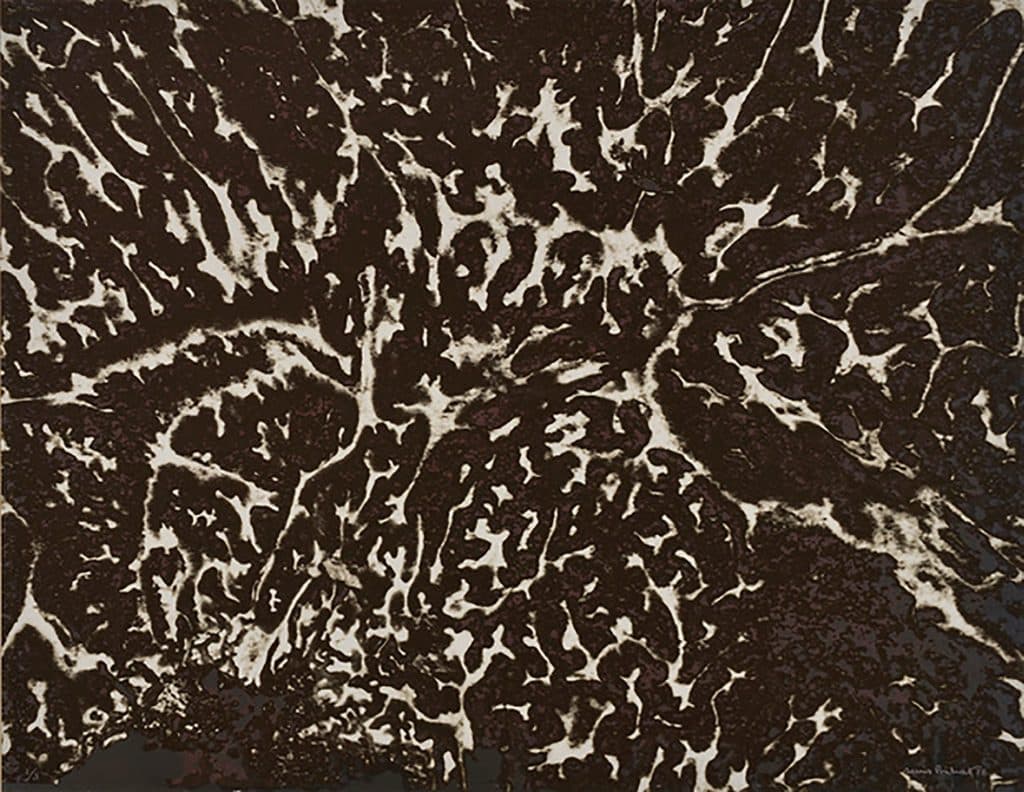
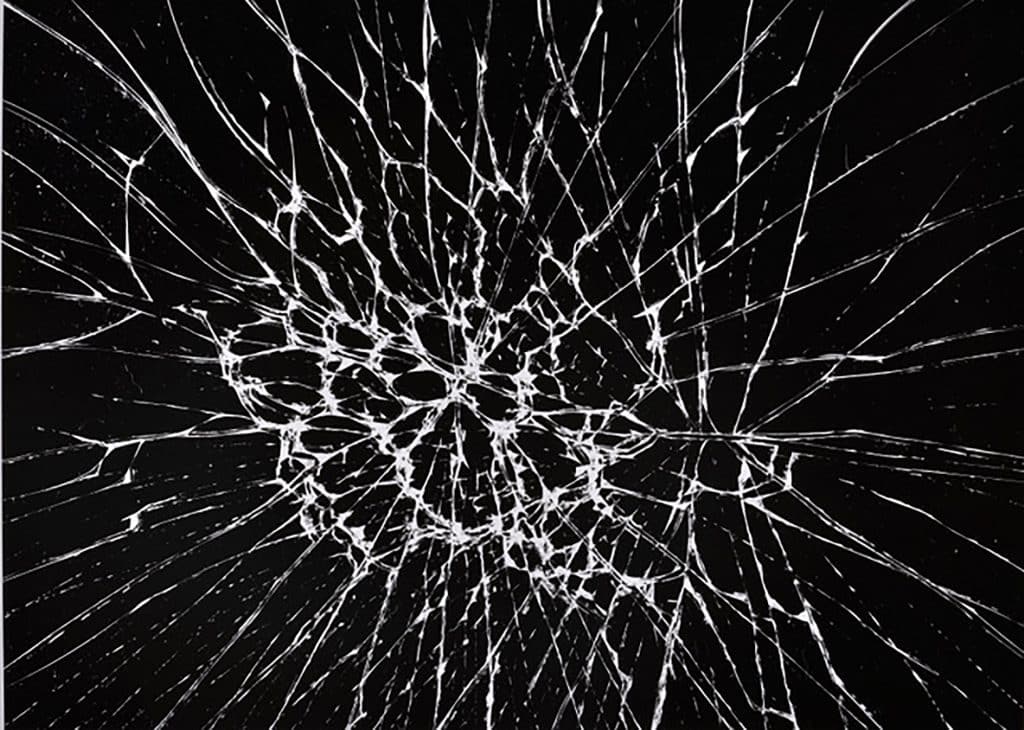
Whether out in nature or in his studio, Brihat takes his time to master his objects. He compares his themes and variations to those of Bach. This parallel is all the more touching that nowadays he can’t hear as well as he used to. In creating his compositions, he chooses his subjects at random by observing nature (this notion of randomness might seem an affectation until one realizes the amount of sacrifice involved). These attempts are organized in series. In 1963, Brihat started with lemons, then spent three years on tulips, and another ten years photographing the same cherry trees throughout the seasons. He also made a series devoted to kiwis, which resulted in about fifteen photographs, each printed in three copies.
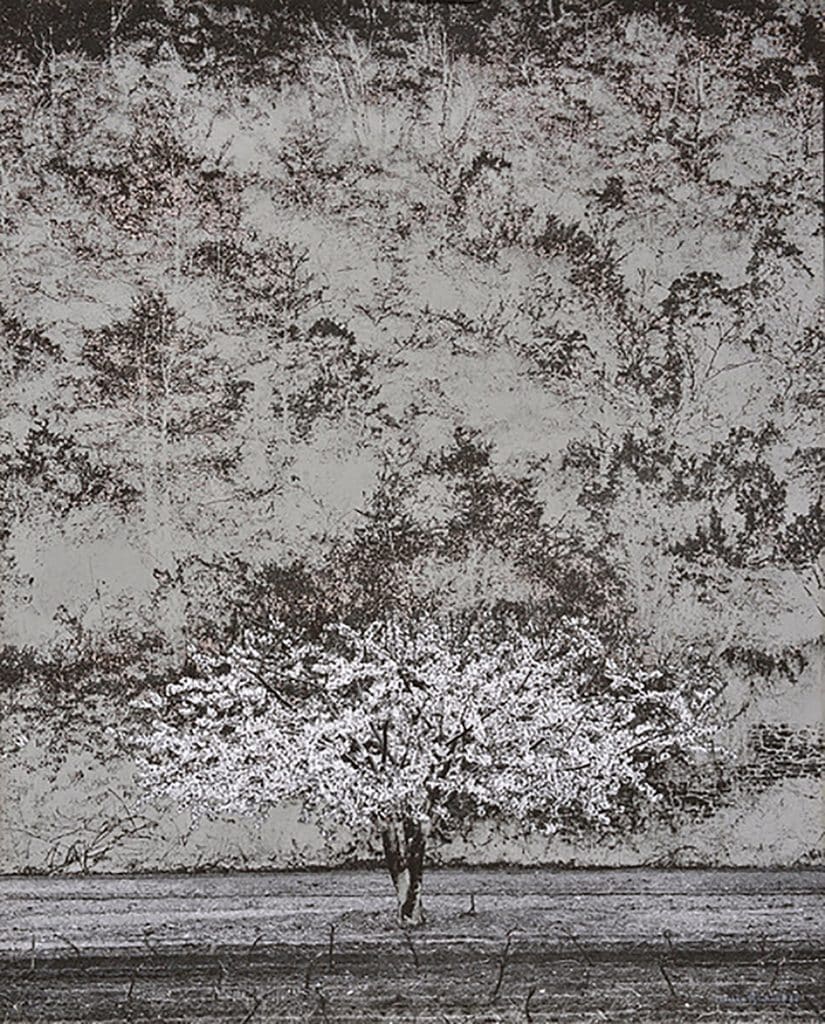
Lastly, there are the onions, his leitmotiv over fifty years, “because he uses them a lot in the kitchen,” but above all because only him knows how to capture them thanks to his complex technique, which we instantly forget in front of the purity of the images. However, each print represents a working time ranging from one week to one month. Each copy is unique. Each series is finished. This rigor compels admiration, especially since it is equal to the empathy of this photographer who calls his images of onions his “testament.”
Denis Brihat developed his own discourse, his own method, and his own style. And he stuck to it. The permanent nature of his gaze is the subject of a monograph published by Le Bec en l’air. The book is an essential tribute to this artist to whom his father said, “You are primary.” There are many ways of interpreting these words, but one thing is certain: photography saved Brihat from wandering, from a vocational school, and gave him psychological strength rooted in his technique as much as in alchemy. He continued assembling his body of work until 1998. A few years later, he had a shock to the heart, a curious image for one who provokes another, softer, in those who are lucky enough to visit him, in the heart of Provence.
Denis Brihat, Les Métamorphoses de l’argentique, new edition, Le Bec en l’air, €58.

